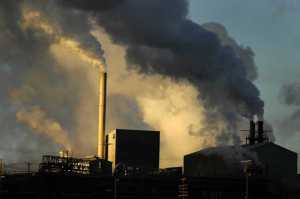The latest Energy Transitions Commission report describes how CO2 removals (CDR) alongside deep global decarbonisation can give the world a 50/50 chance of limiting global warming to 1.5°C.

The report states all sectors of the economy can and must decarbonise by mid-century. All sectors need to prioritise cutting coal use by half and ending 70% of deforestation by 2030.
But even given the fastest feasible path of emissions reductions, the world will need at least 70 to 220 Gt of carbon removals between now and 2050 to limit cumulative net emissions to a level compatible with globally agreed climate objectives.
These removals could be achieved via a combination of natural climate solutions, engineered solutions and hybrid solutions.
A feasible scenario suggests that, from close to zero today, removals could reach 3.5 Gt per annum by 2030 and could deliver around 165 Gt of cumulative sequestration over the next 30 years.
No single CDR solution can be deployed in significant enough volumes to deliver the emissions removals required, and each entails different costs and risks, therefore a portfolio approach is required.
Financial support needs to be ramped up from both governments and corporates to scale removals in the coming decades.
Currently funding for emissions removal is very limited, less than $10 billion per year, with the voluntary carbon markets delivering just 10 megatons (Mt) per year of emissions removals.
Adair Turner, Chair, Energy Transitions Commission, said: “Unless we develop carbon dioxide emissions rapidly and on large scale – closing the gap in both ambition and funding between today’s minimal level and what we need – it will be impossible to limit global warming to 1.5°C.”
“It’s not either or – deep decarbonisation or carbon dioxide removals. Both are essential, rapidly and at scale, if we are to avoid enormous harm to people across the world.”
Over the next three decades sequestering 165 Gt could require payments of around $15 trillion, equivalent to around 0.25% of projected global GDP over this period. In contrast required investment in clean power is around 1.5% of GDP over the same period.
Voluntary carbon markets are only likely to meet 1/3 of 2030 volume required, so further action will be required with governments supporting. In turn corporates should support by meeting their obligations in compliance markets.
To read the full report, click here.
